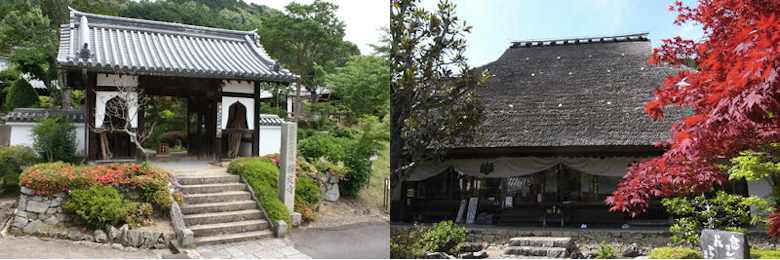English Top@@Four seasons of Zenjoji Temple (Photo)

History:
Zenjoji is a Buddhist temple with an over 1,000-year long history that dates back to the Heian Period (794 to 1185) and the powerful Fujiwara clan, which ruled Japan at that time. The original grounds served as a summer home for the Fujiwara's, but in response to a devout request by Fujiwara Kaneie, the Emperor Ichijo instructed the head priest of Todaiji Temple, Heiso, to officially establish it as a sub-temple of the larger, more famous Kegon-sect temple. From the end of the 10th century, Zenjoji flourished under the protection and patronage of the Fujiwara clan until the end of the Heian Period when it was re-designated as a sub-temple of Byodo-in and the Tendai sect. One point of interest in regards to the history of Zenjoji is this direct link to the imperial family by whose edict the temple was originally constructed. During the Kamakura Period and subsequent centuries, the temple fell into disuse and neglect. However, in 1680, as the Edo Period began, the temple was once again re-designated, this time as a Soto Zen temple, and a dynamic and inspirational monk, Gesshu, who was appointedas the head priest. Under his tutelage the temple re-emerged as a reinvigorated Zen temple. Through the financial aid of Honda Masanaga of the Kaga clan, Gesshu rebuilt the temple grounds and added a new Main Hall with a Zendo (a meditation hall for training monks). The main hall, which remains today and can be seen below, has a massive thatched roof, which is characteristic of temple architecture of the time.
